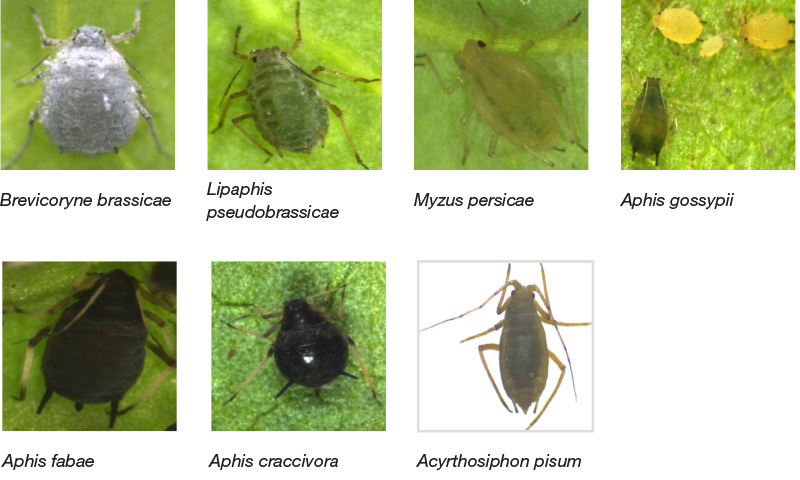DNA barcoding and aphid identification
Aphids, also known as plant lice, are among the most economically important pests in the world. In addition to transmitting plant viruses, these sap-sucking insects are capable of causing severe crop losses. They also excrete honeydew that favours the growth of sooty mould, which reduces the quality of vegetables and fruits; and hence, their market value.
To effectively manage aphids and develop relevant quarantine systems, it is critical to have methods for rapid and accurate identification at the species level. Even though morphological taxonomy (the description of their size, shape and structure), has had tremendous impact on species-level identifications, the presence of different forms, the tendency of the insects to physically change appearance and immature stages, are among the many challenges that stand in the way of accurate identification of aphids. In addition, because of the small size of the insects, the presence of cryptic species (two or more species that are indistinguishable), and damaged specimens, there is need for alternative identification strategies.

Different aphid species collected in the study.
A recently published study by icipe showed that DNA barcoding can provide rapid accurate identification of aphid species, which could support effective pest management programmes and enhance plant quarantine systems. The research was funded by UK Aid, Government of the United Kingdom, and through icipe core funding, provided by: Aid for Africa, USA; Federal Ministry for Economic Cooperation and Development (BMZ), Germany;
Ministry of Higher Education, Science and Technology, Kenya; Swiss Agency for Development and Cooperation (SDC), Switzerland and the Swedish International Development Cooperation Agency (Sida). Publication link: http://www.ncbi.nlm.nih.
gov/pubmed/26490301

